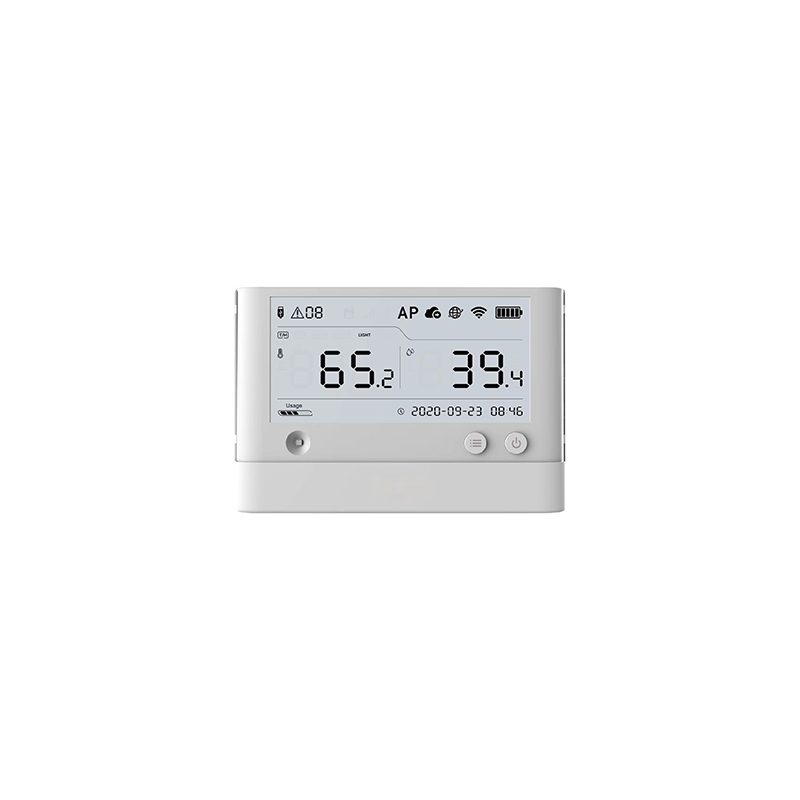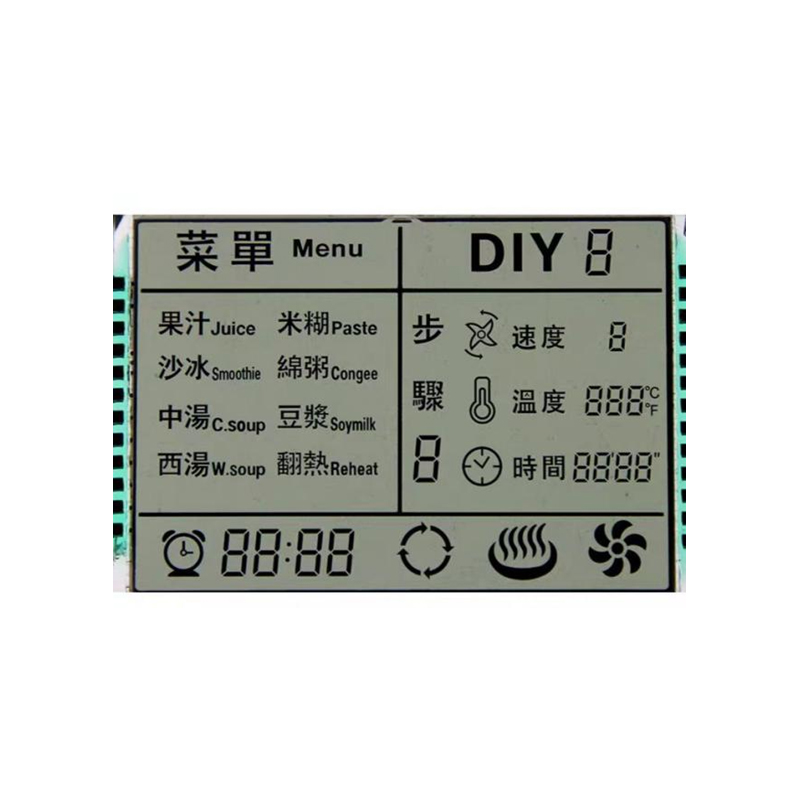
Choosing the right custom OLED display can significantly impact your project's success. This guide explores key factors to consider when selecting a best custom OLED display, from understanding different types of OLEDs to assessing crucial specifications and finding reliable manufacturers. Learn how to navigate the complexities of custom OLED technology and make informed decisions for your specific application.
Organic Light-Emitting Diodes (OLEDs) are self-emissive displays, meaning each pixel produces its own light. This results in superior picture quality compared to LCDs, with deeper blacks, higher contrast ratios, and wider viewing angles. For custom OLED displays, this advantage is amplified as manufacturers can tailor the technology precisely to your needs.
Several types of OLED technology exist, each with its strengths and weaknesses. AMOLED (Active-Matrix OLED) is the most common type used in high-end smartphones and TVs. PMOLED (Passive-Matrix OLED) offers a lower cost solution, but with limitations in resolution and brightness. When considering best custom OLED displays, understanding the nuances of each type is crucial for optimal performance.
The resolution dictates the sharpness of the image, while the size depends on your application's requirements. High resolution is crucial for applications demanding fine details, while smaller displays are often preferred for space-constrained environments. Consider these factors carefully when designing your custom OLED display.
Brightness is measured in nits (cd/m2), and higher nits mean better visibility in bright environments. Contrast ratio refers to the difference between the brightest white and the darkest black. A higher contrast ratio produces richer, more lifelike images. These are critical specifications to review for your best custom OLED display project.
Color gamut refers to the range of colors a display can reproduce. A wider gamut leads to more vibrant and accurate colors. Response time refers to how quickly pixels change color, affecting motion clarity. For applications requiring fast-paced visuals, a shorter response time is necessary when sourcing best custom OLED displays.
Viewing angle determines how much the image quality degrades when viewed from an angle. A wider viewing angle ensures consistent image quality from various perspectives. Power consumption is another essential factor, especially for portable or battery-powered devices. Choosing a display with lower power consumption can enhance the longevity of your application.
Selecting a reliable manufacturer is paramount. Look for companies with a proven track record, strong customer support, and the ability to handle custom projects effectively. Consider factors like manufacturing capabilities, lead times, and quality control processes. At Dalian Eastern Display Co., Ltd. (https://www.ed-lcd.com/), we offer high-quality custom OLED displays tailored to meet diverse application needs. Our expertise and commitment to excellence make us a preferred choice for clients seeking superior display solutions.
| Feature | AMOLED | PMOLED |
|---|---|---|
| Resolution | High | Lower |
| Brightness | High | Lower |
| Cost | Higher | Lower |
| Power Consumption | Higher | Lower |
Remember to carefully consider your specific needs and budget when selecting the best custom OLED display for your project. By understanding the key specifications and choosing a reliable manufacturer, you can ensure a successful outcome.
1 Data compiled from various OLED display manufacturer specifications sheets.












